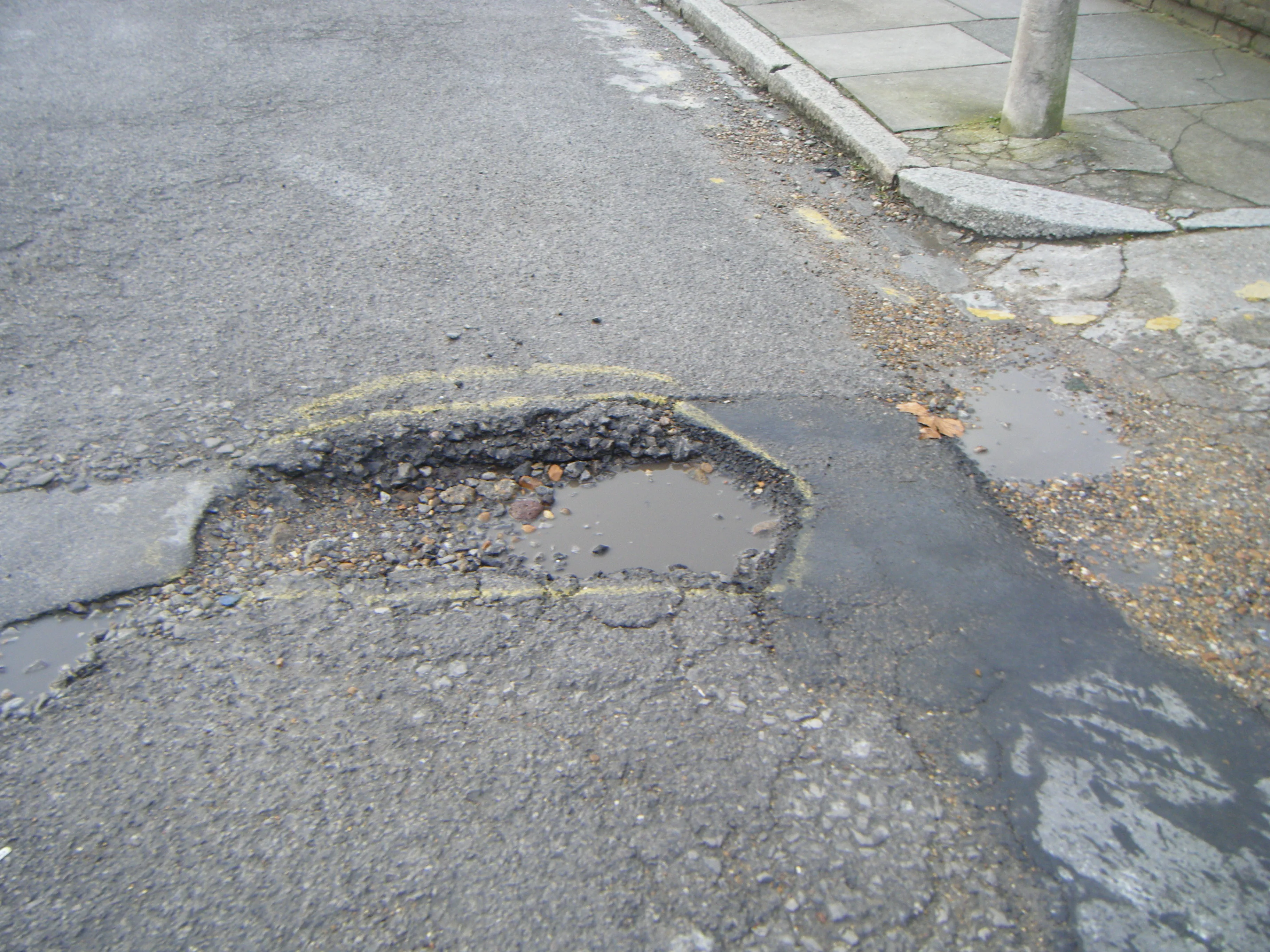The 19th Annual Local Authority Road Maintenance (ALARM) Survey published on 3 April 2014 reported that the estimated cost to get England and Wales’ local road network back into reasonable condition has increased to €14.47 billion (£12 billion) from €12.06 billion (£10.5 billion) in 2013. For the second year in a row, more than two million potholes (2,010,749) were filled in England and Wales over the course of the previous year.
May 23, 2014
Read time: 2 mins
The 19th Annual Local Authority Road Maintenance (ALARM) Survey published on 3 April 2014 reported that the estimated cost to get England and Wales’ local road network back into reasonable condition has increased to €14.47 billion (£12 billion) from €12.06 billion (£10.5 billion) in 2013. For the second year in a row, more than two million potholes (2,010,749) were filled in England and Wales over the course of the previous year.
The damage caused by this winter’s record rainfall, however, is predicted to have counteracted much of that work, with highways departments anticipating worse road condition to come and the higher one-time catch-up cost of €14.47 billion. Authorities in England have been affected the worst, reporting this estimated one-time cost as 30% higher than last year, at an average of €108.57 million (£90 million) per authority.
This forewarning comes despite a 20% decrease in the shortfall in annual road maintenance budgets reported by local authorities, which has reduced from an average of £6.2 million to £5.1 million per authority in England. The reduction in reported shortfall is primarily due to local authorities investing more in their road maintenance programmes during 2013 in an attempt to catch up on maintenance needed after the previous wet winter.
The damage caused by this winter’s record rainfall, however, is predicted to have counteracted much of that work, with highways departments anticipating worse road condition to come and the higher one-time catch-up cost of €14.47 billion. Authorities in England have been affected the worst, reporting this estimated one-time cost as 30% higher than last year, at an average of €108.57 million (£90 million) per authority.
This forewarning comes despite a 20% decrease in the shortfall in annual road maintenance budgets reported by local authorities, which has reduced from an average of £6.2 million to £5.1 million per authority in England. The reduction in reported shortfall is primarily due to local authorities investing more in their road maintenance programmes during 2013 in an attempt to catch up on maintenance needed after the previous wet winter.






